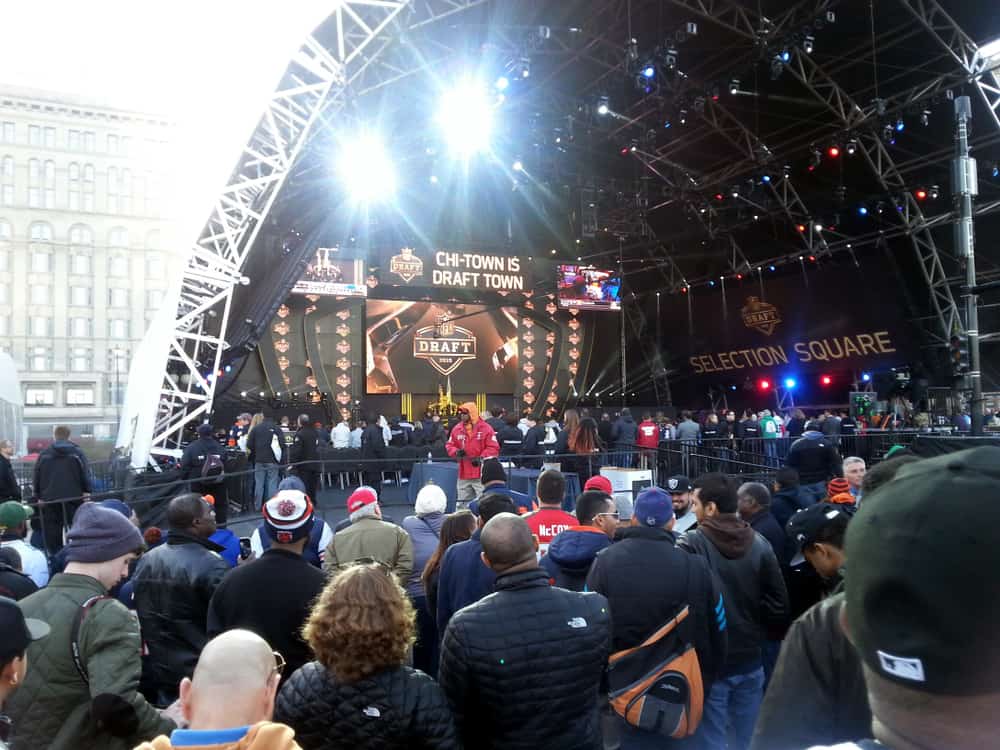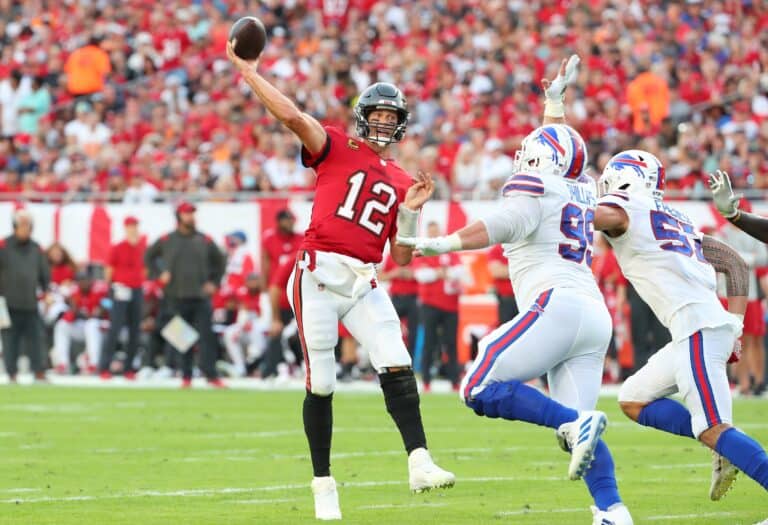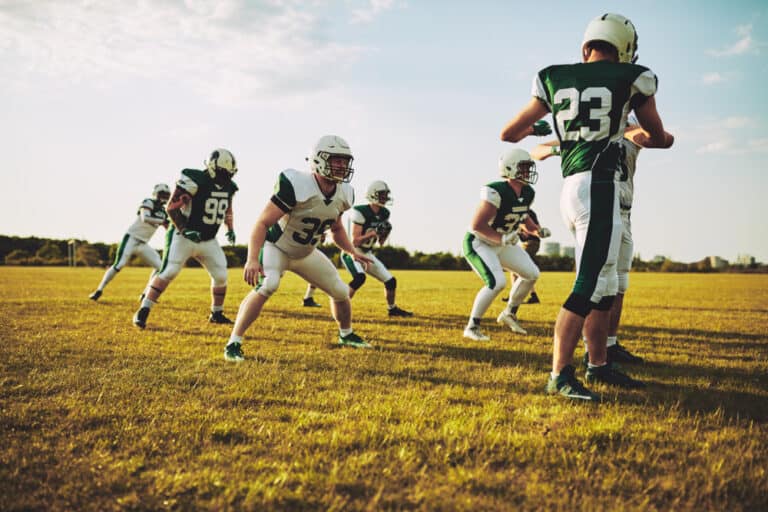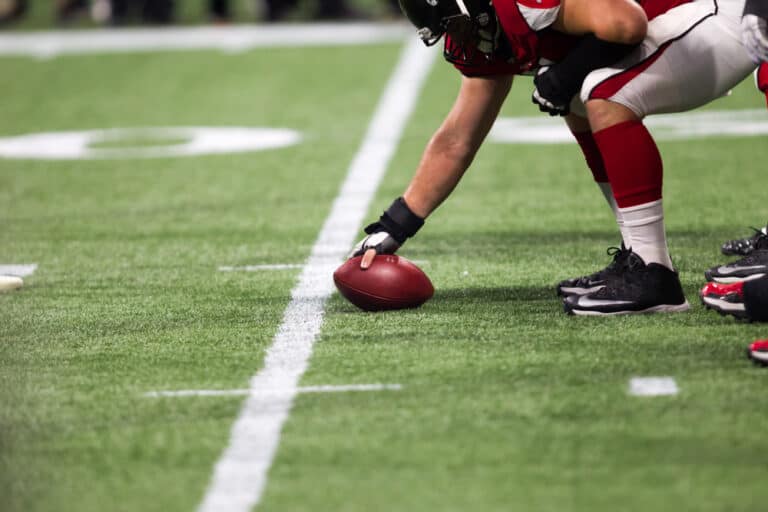How Long Does The NFL Draft Last? (All You Need To Know)
Editorial credit: ChicagoPhotographer / Shutterstock.com
Each Spring, the football world is oblivious to the rest of the world for three days of intense and hectic activity as the NFL Draft takes over homes and bars around the USA. Although it may seem chaotic to the uneducated football fan, very tight regulations govern the process.
The NFL Draft lasts three days in Spring, starting at 8 am Eastern Time on Thursday and ending on Saturday. There are seven rounds of the draft split over three days, with each round having a progressively smaller time allocation for teams to make their picks.
Let’s look at the days that each round is allocated, the time frame that each draft round offers teams to make their picks, and a simple overview of the picking process as it unfolds from the starting Thursday to the end on Saturday.
What Is The Draft Picking Order, And How Is It Determined?
The NFL Draft is a superbly well organized and regulated procedure, and all 32 teams are represented in the draft in reverse order of final standings at the end of the last season. This means the team that finished last gets to pick first, with the SuperBowl Champions choosing last.
Teams that failed to qualify for the previous season’s playoffs are assigned numbers from 1-20, and those that did make the playoff get numbers 21-32. The eliminated wild card teams get slots 21-24; the teams that lost in the divisional rounds are allocated pick slots 25-28.
Teams eliminated at the conference championship get pick slots 29-30, and the loser of the SuperBowl gets slot 31, while the SuperBowl Champs get pick slot 32. All positions are allocated in reverse results order, with the teams finishing lowest in the playoff rounds getting a lower draft pick slots.
You can therefore gauge a team’s previous season’s success (or failure) by their position in the draft pick rounds.
The NFL Draft Rounds – Duration And Picking Window
The draft’s first round happens on the Thursday of the draft weekend and usually lasts about four hours, commencing at 8 am and ending at noon. For this draft, each team only has ten minutes to make their pick.
Draft pick rounds two and three are held on Friday, with rounds four through seven held on Saturday. With each round of picking, the team has less time to make their draft choice, with round two only giving each team seven minutes.
Rounds three through six see the teams get just six minutes to make their choice, and in the final round, this time is further reduced to just five minutes.
The Draft Process
When the pick is announced, that is the culmination of a fairly complex process that precedes the release of the draft pick name to the public through the NFL’s broadcast partners. Let’s examine the process from the start.
- Each team has its table set up at the draft venue and is in constant contact with each club’s headquarters and executives through its representatives.
- Once the team has made a selection, the name of the picked player is communicated to the team reps at Selection Square.
- Once the team rep receives the name, it is written down and handed to the runner, who is an NFL staff member. The card contains the picked player’s name, school, and position.
- When the runner receives the card, that selection is logged as official, so the draft clock is then reset for the next pick, while a second runner advises the pick choice to the team in the next pick slot.
- Once the first runner receives the card, that information is sent by radio to an NFL Player Personnel Representative, who will enter that picked player’s name into the personnel database and communicate the picked choice to all the teams.
- The card is then taken to the head table and presented to Ken Fiore, the Vice President of Player Personnel, who will verify and review the player’s name and records.
- He will then communicate the picked choice with the NFL’s media partners, the NFL Commissioner, the leagues, and teams, and then the process repeats for each progressive pick and round.
The Trade In The NFL Draft
A key dynamic in the NFL Draft is the trading of players to which teams hold the rights. This can happen before and during the draft, and players may include draft picks chosen and allocated to that team or existing NFL players in their club.
Each round pick is considered an asset, and as with financial trading, assets can be utilized to swap or negotiate with other teams for other assets in their clubs. For every trade proposed, the staff at the head table (Including Ken Fiore) must receive the same communication from each team on the proposed trade.
To this end, the team’s phones are monitored, and only when each team has conveyed the same trade information to the head table will the trade be approved and recorded. Once the transaction has been approved, a representative from Player Personnel will relay the trade confirmation and details to the 32 other teams and the broadcast partners.
The trade is then announced to the fans and media at the draft venue.
The first live broadcast of the NFL Draft occurred in 1980 when the then-year-old ESPN network requested permission from the NFL’s Pete Rozelle to do so, and while Rozelle didn’t think it would make great TV -he granted ESPN permission.
When the NFL moved the draft from during the week to the weekend in 1988, the ratings on ESPN climbed significantly, showing how well the marriage between football and television worked!
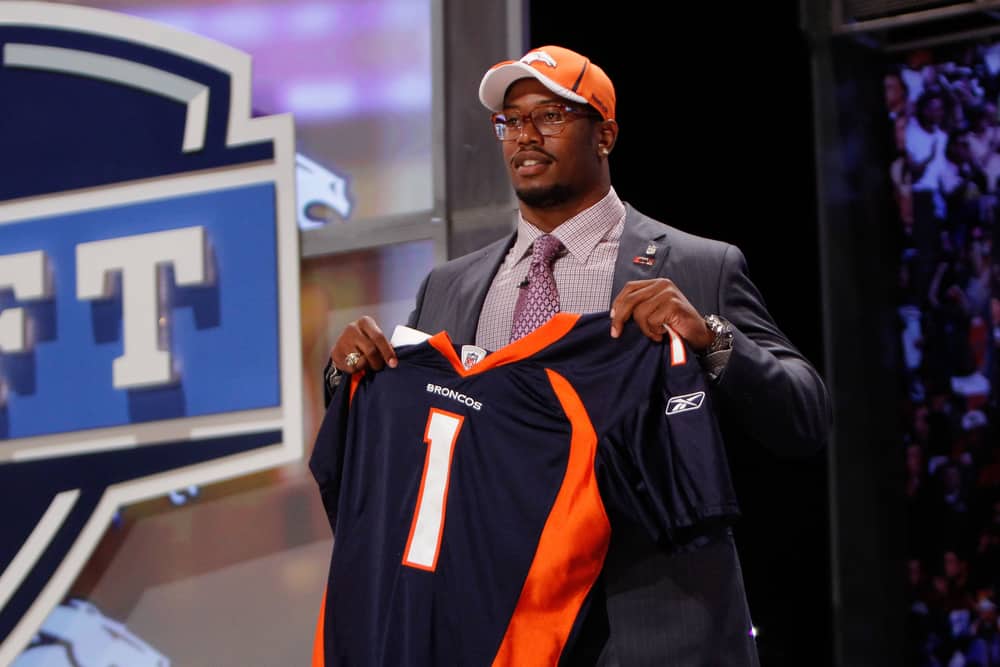
Conclusion
The three days of the NFL draft in Spring garners attention from all over the world and creates a media and betting frenzy in the USA. Millions of fans gather to watch and analyze the drafts, the players, the trades, and the impact they will have on their team’s performance in the coming season.
While it may seem a little chaotic to the untrained eye, to experienced viewers, the NFL draft firmly announces that the long-awaited football season is finally upon them, and the anticipation of football glory for fans and players becomes that much more real.

